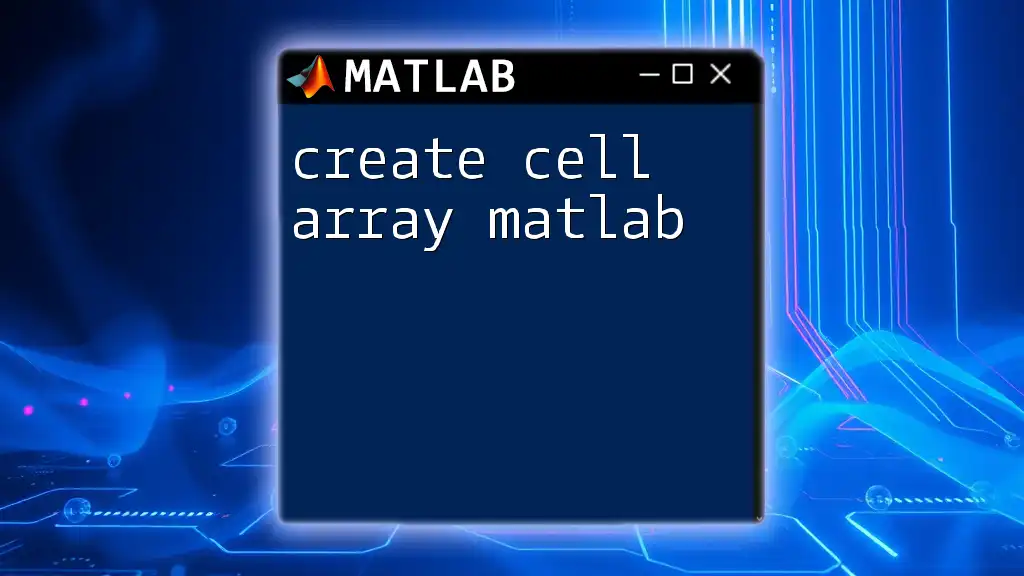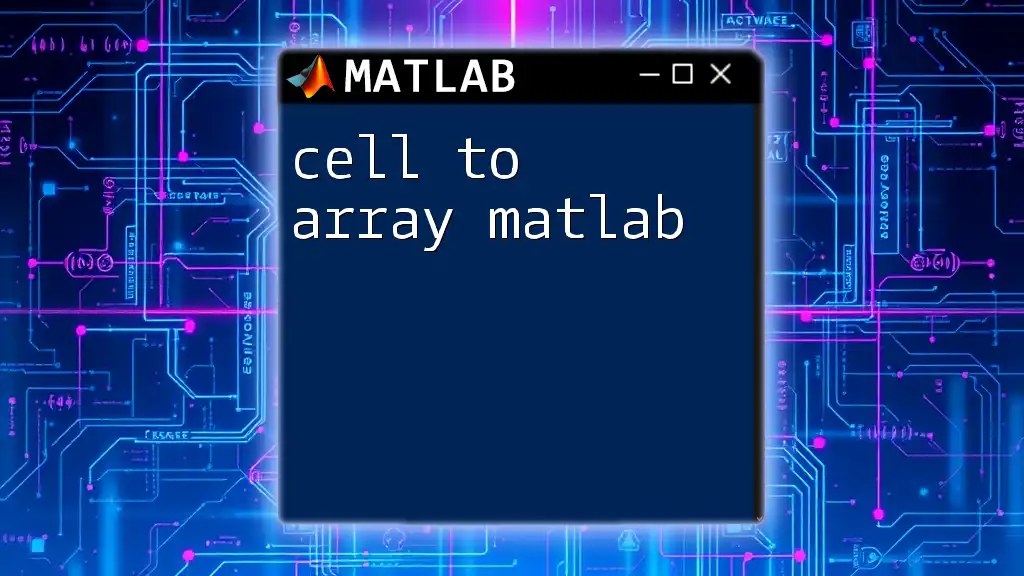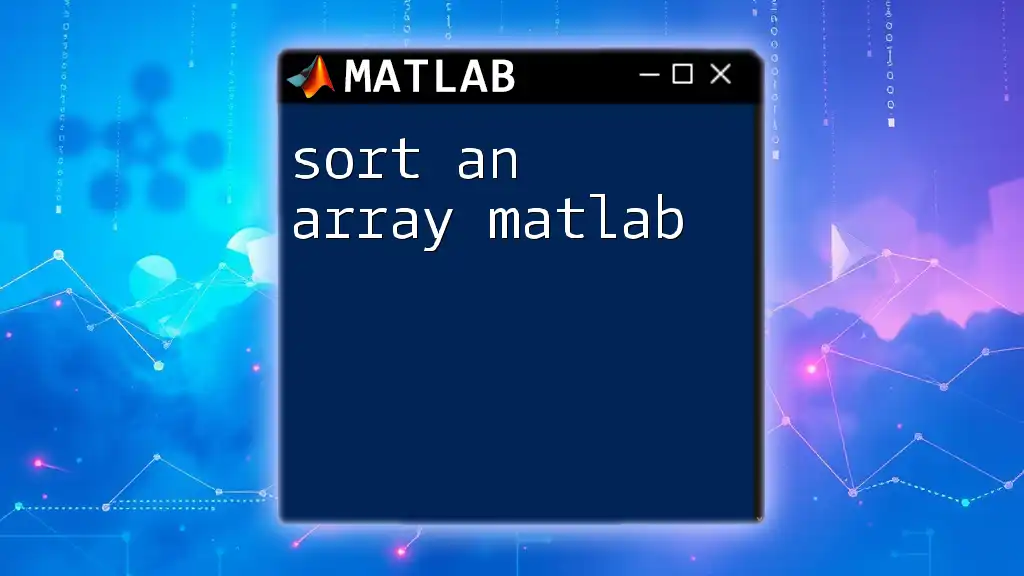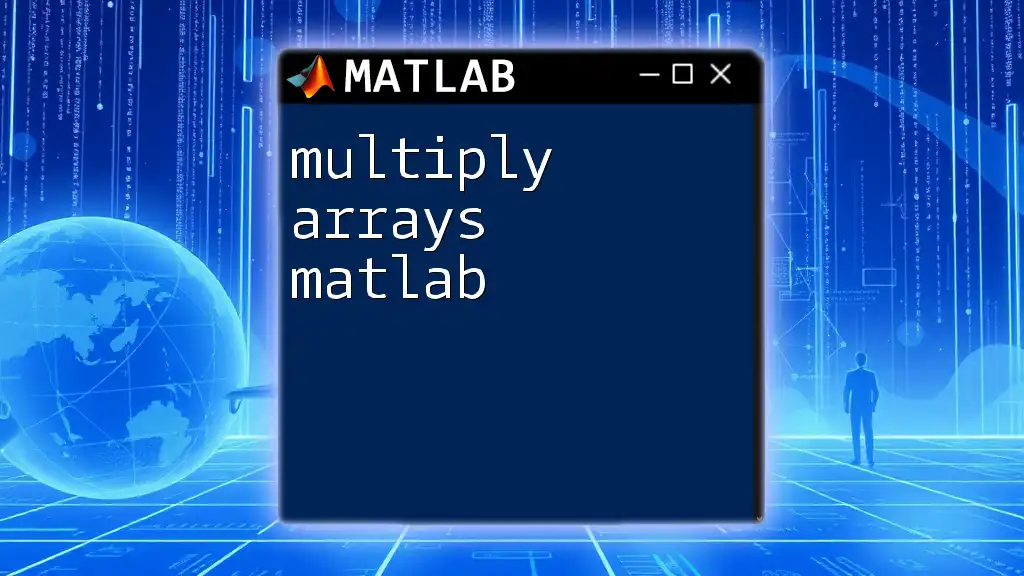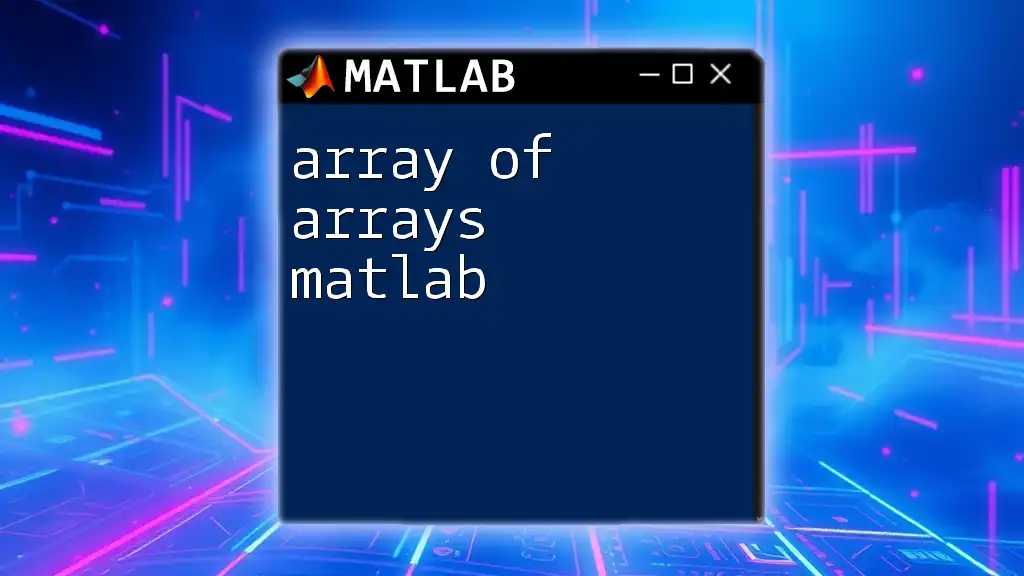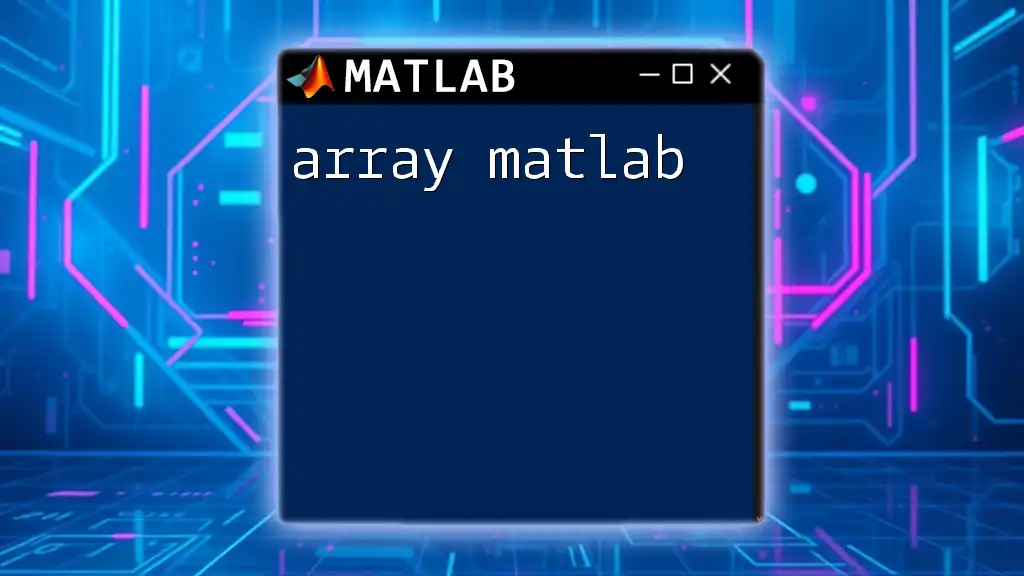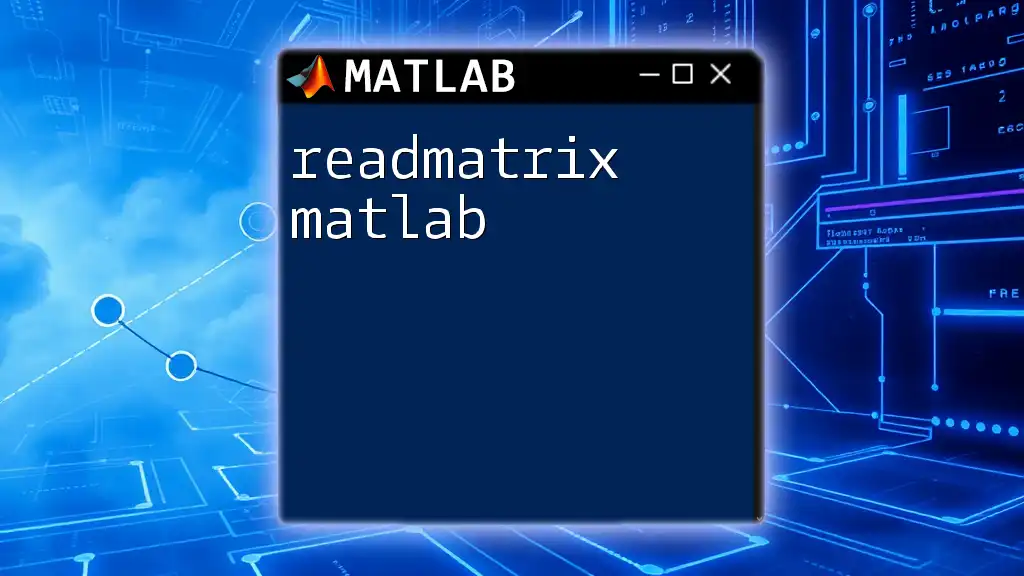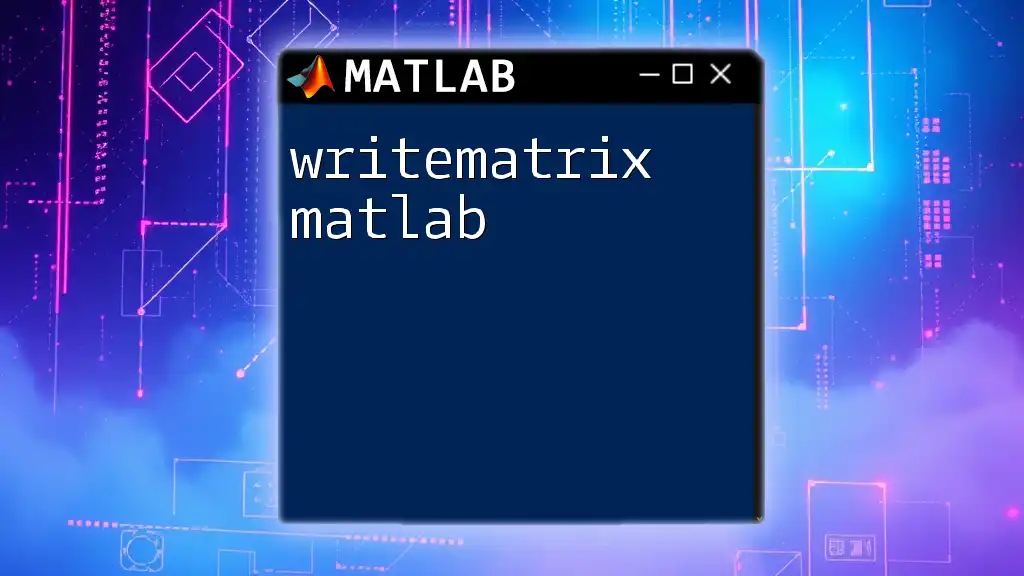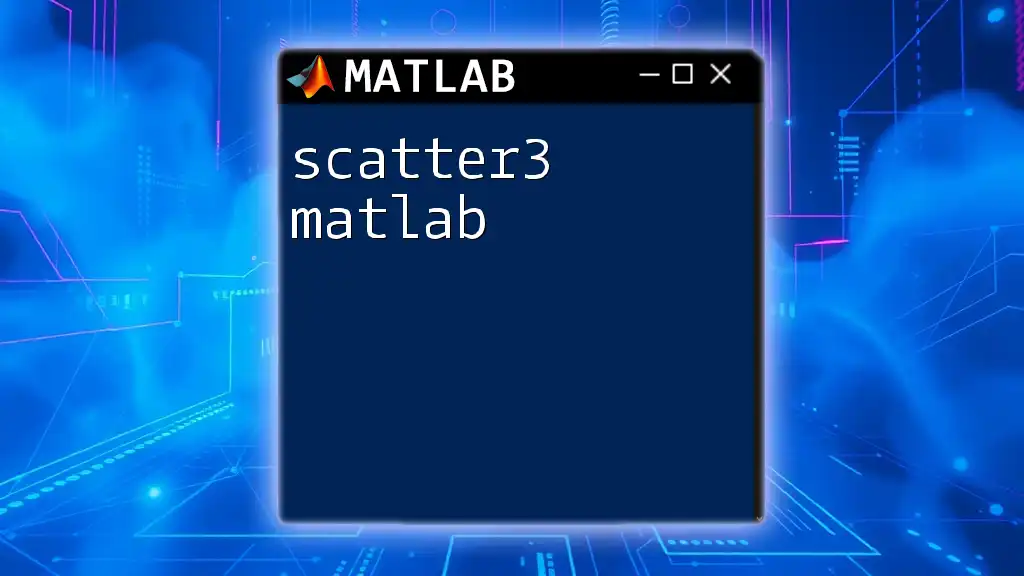A cell array in MATLAB is a versatile data structure that can hold different types of data in an array format, and it can be created using curly braces `{}`.
Here's a code snippet for creating a cell array in MATLAB:
cellArray = {'Hello', 42, [1, 2, 3]; 'World', true, magic(3)};
Introduction to Cell Arrays in MATLAB
Cell arrays in MATLAB are versatile data structures that allow you to store collections of data of varying types and sizes. Unlike standard arrays, which require all elements to be of the same data type, cell arrays provide flexibility by allowing each "cell" to contain different types of data, including numbers, strings, and even other arrays. This capability makes them particularly useful for organizing complex datasets.
Cell arrays are particularly beneficial when working with heterogeneous data or when the size of the data varies. For example, you might want to store different pieces of information about a set of students, like names (strings), scores (numerical arrays), and notes (text).
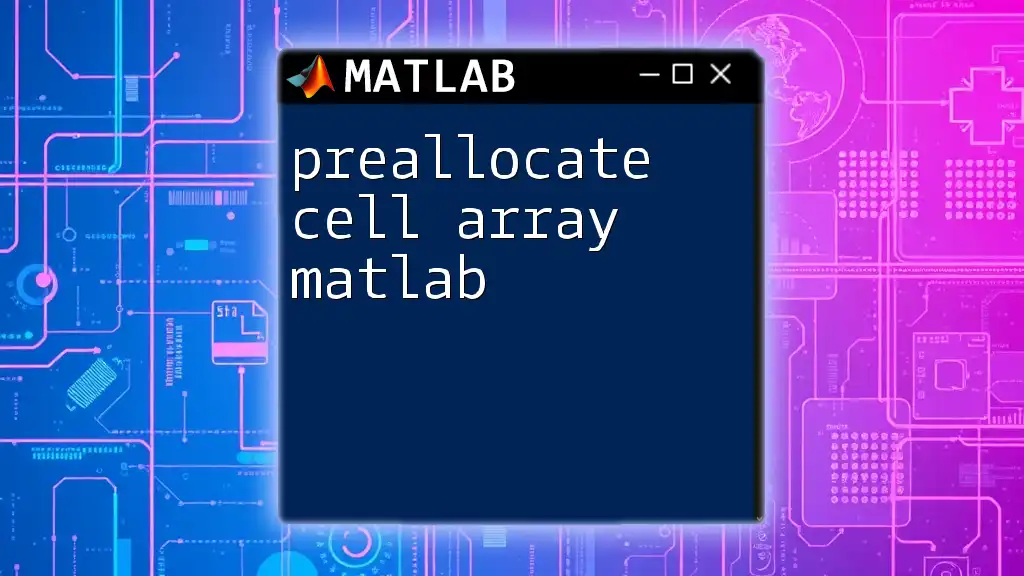
Creating Cell Arrays
Basic Syntax for Creating Cell Arrays
To create a cell array in MATLAB, the curly braces `{}` are used. Here’s how you can create a simple cell array:
C = {1, 2, 3; 'text', rand(3), [1, 2, 3]};
In this example, `C` is a 2x3 cell array where:
- The first row contains numbers.
- The second row contains a string, a random 3-element array, and another array.
Multi-dimensional Cell Arrays
Cell arrays can also be multi-dimensional. This means you can create cell arrays with more than two dimensions. For example, the following command creates a 3-dimensional cell array:
C = cell(3, 2, 2); % Create a 3x2x2 cell array
In this case, `C` initializes a 3D cell array, which can store even more complex datasets.
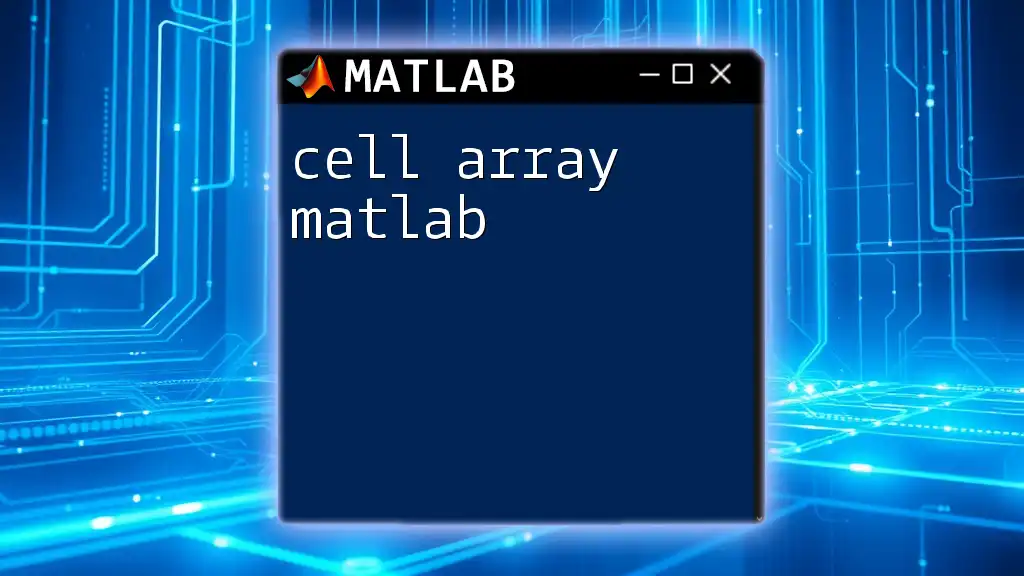
Accessing Data Within Cell Arrays
Accessing Individual Elements
Accessing elements in a cell array is straightforward. You can use curly braces `{}` to access the content of a specific cell, or parentheses `()` to access a subset of the cell array itself.
For example:
C = {1, 'hello', [4, 5, 6]};
element = C{2}; % Accessing the string 'hello'
In this example, `element` retrieves 'hello' from the second cell.
Modifying Elements in Cell Arrays
Modifying elements within cell arrays is just as simple. When you want to change the data inside a specific cell, you can do so using the curly braces `{}`:
C{1} = 100; % Changing the first element to 100
This command replaces the first cell's content with the value 100.
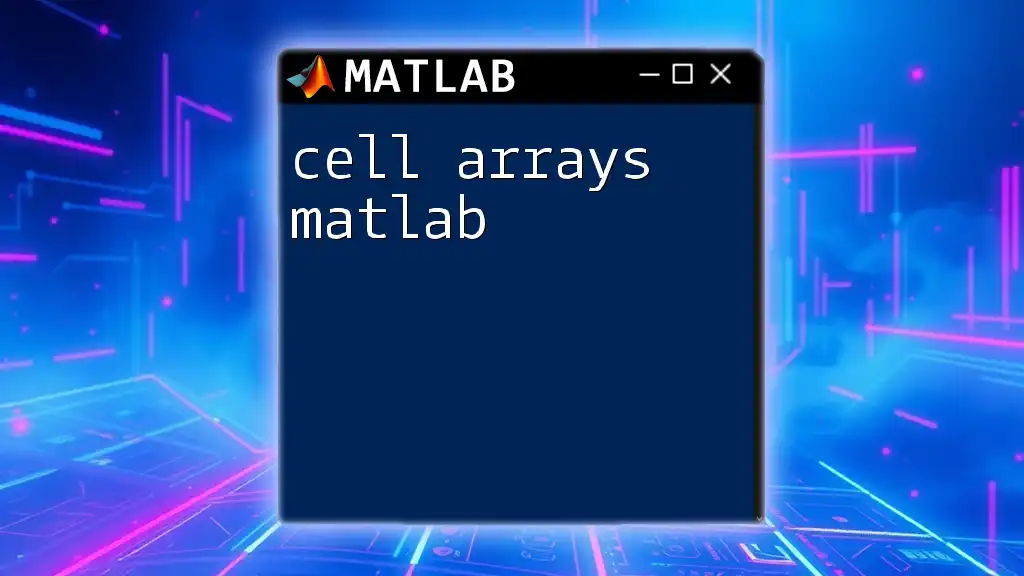
Manipulating Cell Arrays
Concatenating Cell Arrays
You can easily concatenate cell arrays to combine their contents. Using standard array concatenation rules, you can create a new cell array that merges two or more existing cell arrays.
Here’s an example:
C1 = {1, 2};
C2 = {'a', 'b'};
C = [C1, C2]; % Concatenation
After running this code, `C` will contain `{1, 2, 'a', 'b'}`.
Cell Array Functions
MATLAB provides several built-in functions that enhance how you can work with cell arrays. Functions like `cellfun`, `iscell`, and `num2cell` can make operations much more efficient.
For instance, the `cellfun` function applies a specified function to each cell in the cell array. Here’s an example of converting elements of a cell array to strings:
result = cellfun(@string, C); % Convert cell array to string array
This command results in `result` being a string array containing the string representations of each cell’s contents.

Common Use Cases for Cell Arrays
Storing Different Data Types
One of the standout features of cell arrays is their ability to store a mix of different data types. This is particularly useful when you want to maintain various datasets together. Here’s an example:
data = {42, 'Data', rand(5)};
In this case, `data` contains a number, a string, and a 5-element random array. This flexibility makes cell arrays suitable for various applications, from data analysis to creating complex data structures.
Handling Variable-length Data
Cell arrays shine when dealing with data that varies in length. Each cell can hold data of different sizes. For instance, you might want to store strings of varying lengths:
list = {'Short', 'A bit longer text here', 'Short again'};
This capability allows for easy manipulation and retrieval of diverse datasets.
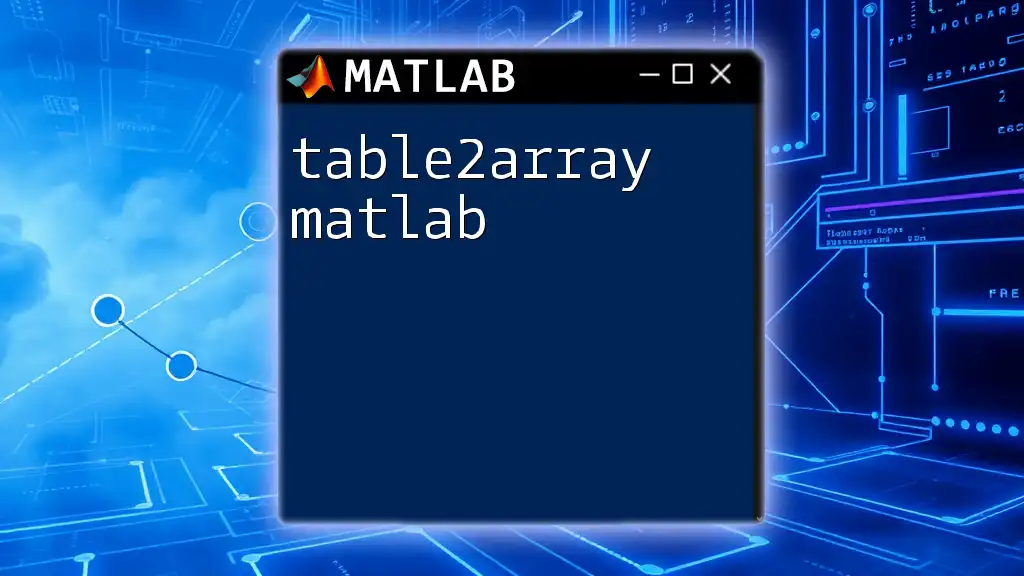
Performance Considerations
Memory Management in Cell Arrays
When using cell arrays, especially with large datasets, it’s important to be aware of memory usage. Each cell in a cell array is a reference to the underlying data, which can lead to significant memory overhead if not managed properly.
It’s often advisable to convert cell arrays to standard arrays when the data types are uniform and known, as this can lead to improved performance.
Alternatives to Cell Arrays
If you find yourself in situations where cell arrays do not suit your needs, consider alternatives like tables or structures. These alternatives offer additional functionality, such as named columns or structures for easy access, making them ideal for specific data organization tasks.
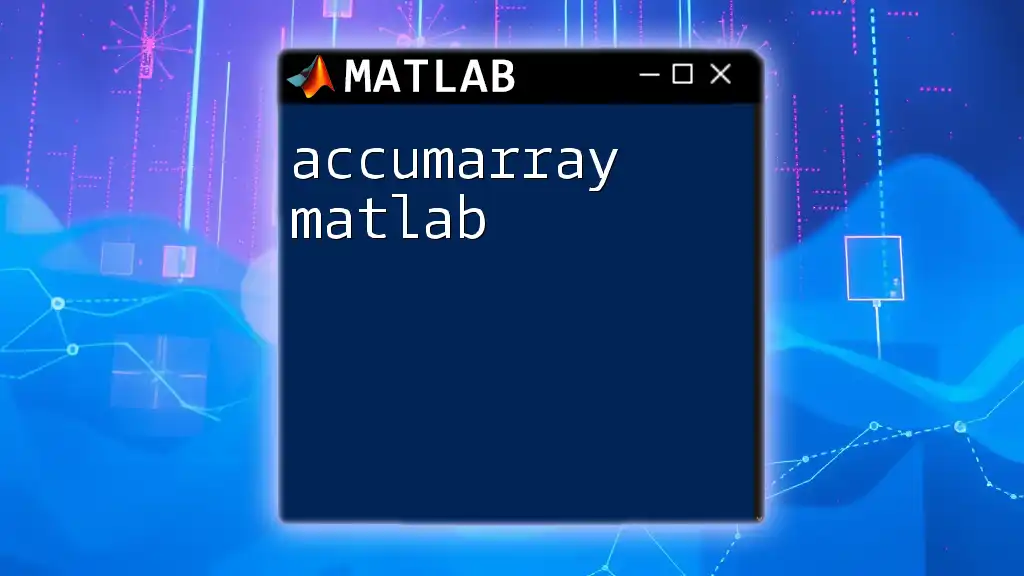
Conclusion
Cell arrays are a powerful tool in MATLAB, providing the flexibility to store various data types and sizes efficiently. By mastering how to create and manipulate cell arrays, you can significantly enhance your data management capabilities within MATLAB. Don't hesitate to practice these techniques to become more proficient.
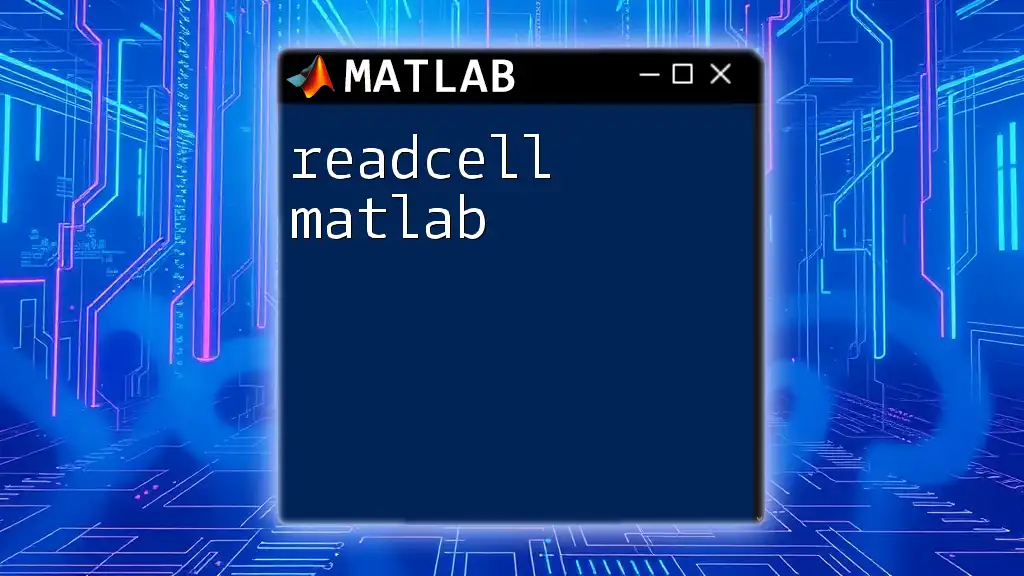
Additional Resources
Tutorials and Documentation
For further exploration, consult the official MATLAB documentation and additional tutorials. These resources can deepen your understanding and offer advanced insights into cell array manipulation.
Community Engagement
Finally, we encourage you to share your own tips and tricks for working with cell arrays in MATLAB. Engage with our community through forums or social media to discuss challenges, solutions, and best practices in utilizing cell arrays effectively.

